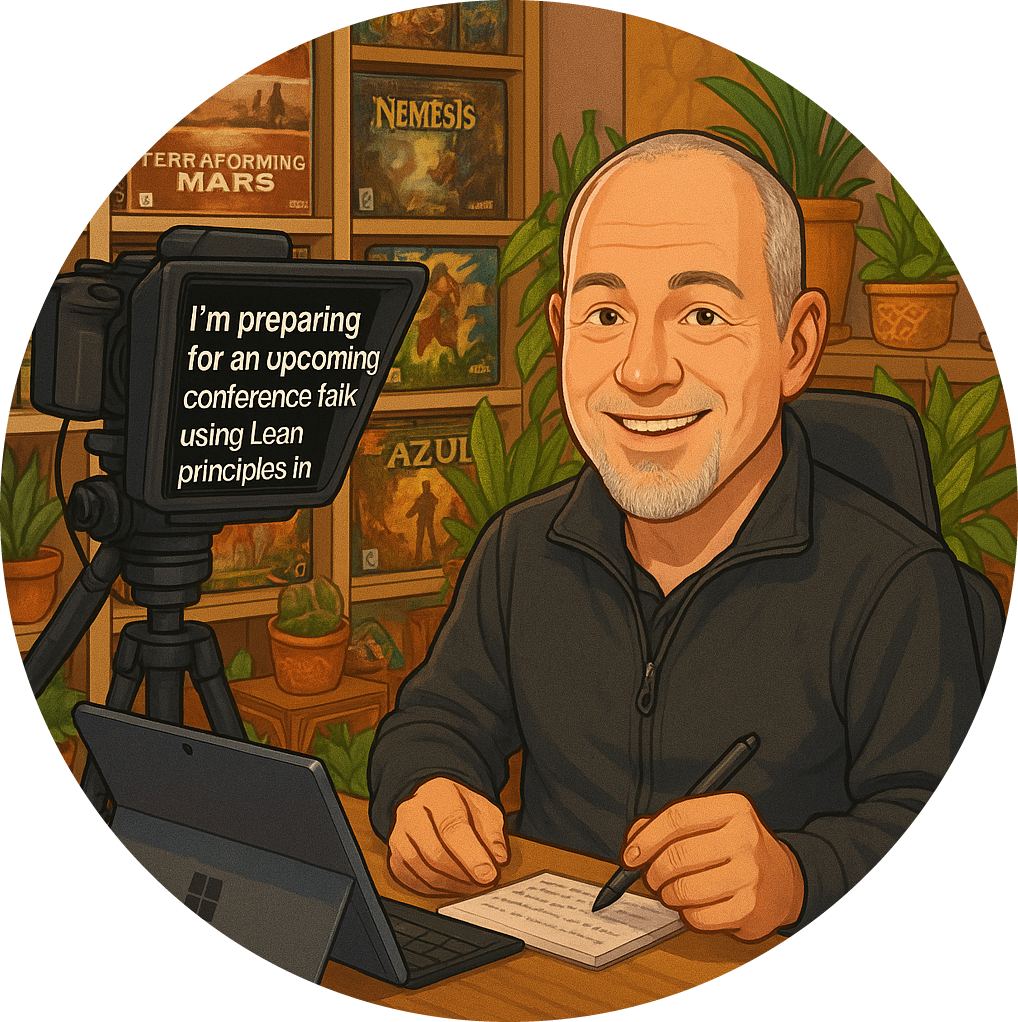As I reflect on my journey through the world of Scrum , one of the most profound challenges I’ve encountered is the way we perceive the role of the Scrum Master . This was particularly highlighted during my experience with the Professional Scrum Master II (PSM-2) class. It’s a transformative experience that forces us to confront and reassess our assumptions about what it means to be a Scrum Master.
Challenging Assumptions
Many of us enter the Scrum realm with preconceived notions about the role. Here are some common misconceptions I’ve encountered:
Scrum Masters as Jira Admins: A frequent assumption is that Scrum Masters are merely administrators of tools like Jira. This couldn’t be further from the truth. While tools are essential, the Scrum Master’s role transcends mere administration. They are not there to manage the tool but to facilitate the team’s processes and ensure that the Scrum framework is being followed effectively.
Problem Solvers: Another myth is that Scrum Masters are responsible for solving the team’s problems. In reality, their role is to empower the team to solve their own issues. The Scrum Master should work towards removing impediments, but this doesn’t mean they should be the ones doing the work. Instead, they should guide the team in finding solutions, effectively doing themselves out of a job.
The Concept of Being “Invisibly Present”
One of the most enlightening phrases I encountered during the PSM-2 class was the idea of being “invisibly present.” This concept encapsulates the essence of what a Scrum Master should strive for. Here’s what it means in practice:
Facilitating Autonomy: A Scrum Master should aim to create an environment where the team can operate independently. If the Scrum Master is away for two weeks, the team should still function seamlessly. The daily Scrum and retrospectives should continue without interruption, demonstrating that the team understands their value and is not reliant on the Scrum Master to dictate their actions.
Shaping and Guiding: The Scrum Master’s role is to shape and guide the team’s organisation around their work. This involves fostering a culture of collaboration and self-organisation, where team members feel empowered to take ownership of their tasks and responsibilities.
Transitioning to Advanced Scrum Mastery
The transition from a traditional Scrum Master to an advanced Scrum Master is significant. It requires a shift in mindset from being a directive leader to a supportive facilitator. Here are some key takeaways from my experience:
Empowerment Over Control: Embrace the idea that your role is to empower the team rather than control them. This shift not only enhances team dynamics but also fosters a culture of trust and accountability.
Continuous Learning : The journey doesn’t end with the PSM-2 certification. It’s essential to continue learning and adapting your approach as you encounter new challenges and team dynamics.
Engagement with the Team: Regularly engage with your team to understand their needs and challenges. This will help you to better support them in their journey towards self-organisation.
In conclusion, the PSM-2 class has been a pivotal experience in my understanding of the Scrum Master role. It has challenged my assumptions and provided me with valuable insights into how I can better serve my teams. If you’re on a similar journey, I encourage you to embrace these challenges and continue to evolve in your role.
If you enjoyed this reflection or have thoughts to share, please feel free to reach out. I always welcome discussions about Agile, Scrum, or DevOps . Let’s connect over a coffee through Naked Agility!




























